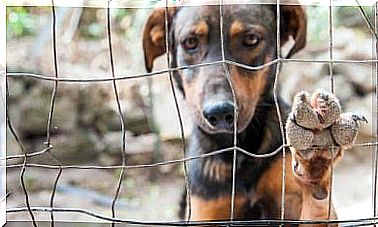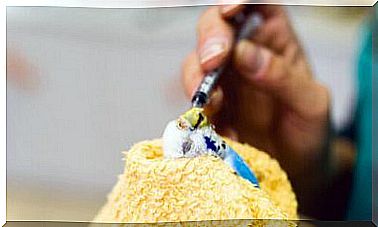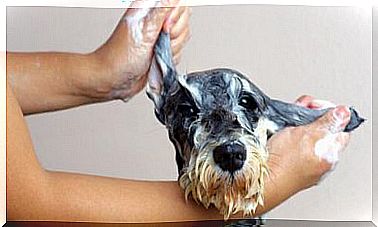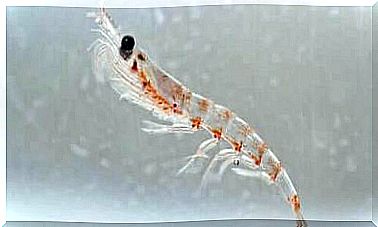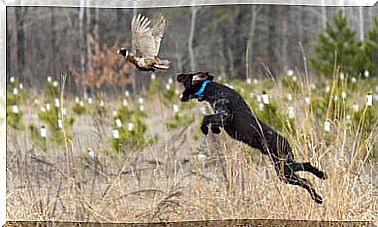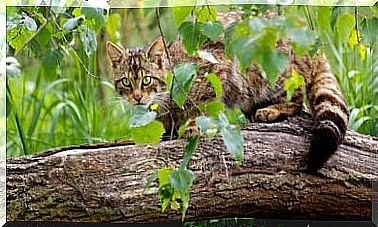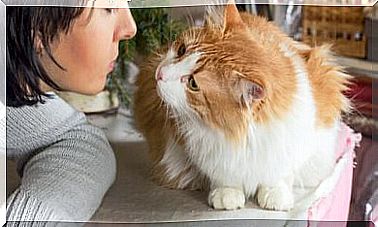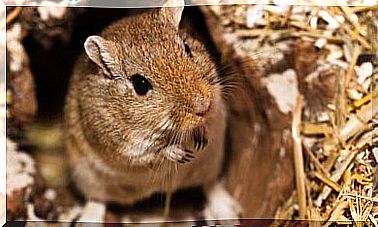The Benefits Of Coexistence Between Pets And Children
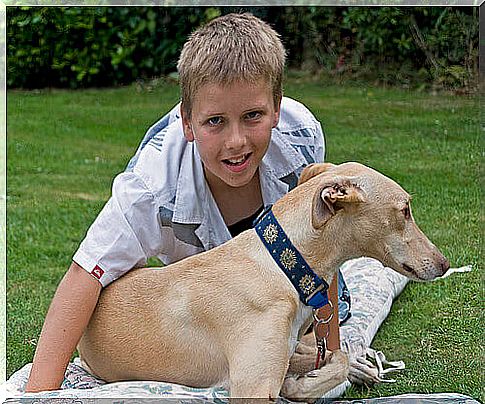
No one can deny that when children share their lives with a dog or a cat, they feel much better and become good beings. The coexistence between pets and children is very beneficial, since the two parts develop better, even when the animal is old.
When to bring a pet home?
First of all, we should talk about the ideal time for a pet to be introduced into a house where children live, if none has been adopted yet. It is good to know that, up to the age of three, minors cannot recognize the difference between a living being and a toy, even if the former moves autonomously.
This does not mean that coexistence between pets and children will be bad at this time, but that we should pay close attention to their reactions and contacts. When they turn four, your children will establish a true reaction with a companion animal. At that moment, they will become better and inseparable friends.
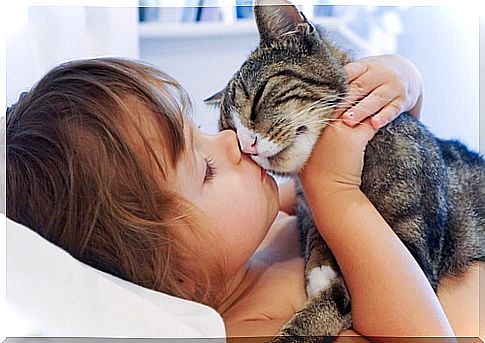
For this reason, it is recommended that the animal arrives at the house after the child. This is because, when the little one is in the stage of recognizing living beings, he will have already gone through his first months of mischief and learning.
But what happens if we already have a pet at home before the baby is born? In this case, everything will depend on the animal’s personality, its age and also how it behaves with its owners.
Many dogs or cats are jealous of their newborns because they feel “despised” or “exchanged”. To avoid this, we must integrate the animal into family play and activities.
Benefits of coexistence between pets and children
Now is the time to find out what are the advantages arising from coexistence between pets and children. They will appear from the first moments of the relationship:
-
Favors development
The company of a dog or cat during the first years of life makes children more peaceful and self-assured. In addition, little ones generally experience less stress, engage in more physical activity, and are happier.
-
Decreases diseases
While many parents fear for their children’s health when they come into contact with the family pet , the truth is that it is the best way to develop and strengthen their immune systems.
This is because they are exposed from an early age to certain viruses and bacteria from animals, and so the organism produces its own antibodies to defend itself. Having dog or cat hair on the floor is also positive, as it reduces by up to 50% the chances that the child will suffer from allergies in the future.
Of course, not everything is a bed of roses, as there are also animal diseases that babies cannot overcome, such as those caused by parasites or pathologies caused by certain fungi. To avoid contagion, the animal must be vaccinated and dewormed.
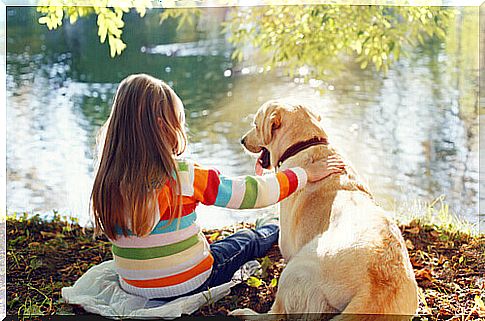
-
get the first friend
This is even more beneficial when the child has no siblings, as the animal becomes life’s first best friend. With him, perform all kinds of mischief, share games and also take care of each other. There is no more efficient babysitter than a dog sitting next to the child, because it will keep him from falling, make him laugh and have a wonderful time together.
-
learn responsibly
This happens to children a little older, from the age of six, who begin to understand that pets are living beings with feelings. It is the ideal time to comply with certain instructions and help take care of the animal. Some of the tasks that foster responsibility in children are:
- Feed or drink the animal
- take them for a walk
- Give a shower
- Put together your toys or personal elements
- take care of them on car trips
- clean garden faeces
- Offer them a prize when they behave well
- teach them some new trick
-
improves empathy
For children, a dog or cat can be an excellent therapy, especially if they have a physical or mental health problem. It is known that the little ones who have pets are more companions, get along better with other people their own age, are less aggressive and know how to communicate.
Main image source: Chris Parfitt

